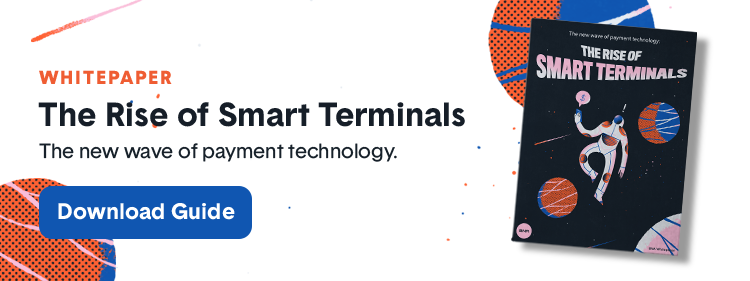 The long-lived standard of paper and coin currency is beginning to come to an end. For most businesses, cash and coin payments have started to see a steady decline with the introduction of debit, credit cards, mobile wallets, and various other forms of payment.
The long-lived standard of paper and coin currency is beginning to come to an end. For most businesses, cash and coin payments have started to see a steady decline with the introduction of debit, credit cards, mobile wallets, and various other forms of payment.
Now with the increase of online payments, as online consumerism continues to increase, and more businesses are making an effort to have an online presence, going cashless is a decision that could benefit your business is more ways than one.
The truth is that when businesses accept cash payments, there is always a level of risk that is involved in the transaction. The human element is always a possibility when it comes to giving back the customer the right amount of change, or manually entering in the total purchase amount, that may not be correct. Also, the risk that is involved with carrying around cash is always relevant.
Bills have a tendency to stick together, fall out of your pocket or purse, rip, or even mistake one denomination for another whether it is dark, or because you are in a rush. There are more risks associated with accepting cash, than having a debit or credit card with a secure pin, ready to make transactions immediately.
Speed
Although it is sometimes considered that paying with cash if a faster, more efficient way to make a payment, it is actually not the case. With the increase in tap-and-go, or pin less transactions with Visa-debit cards, and most credit cards, making a payment in a rush, or on the go has never been easier. When a customer wants to pay with cash, typically that customer has to first see the total of their purchase, then find the correct amount of money in order to pay for the purchase, at which point the cashier must get the correct change and hand it back to the customer.
Although the process may not seem very slow, its the minor things that prolong the process. The customer rarely is able to put the change back in their wallet, or purse quickly, and most of the time, they continue to stand at the check out while they fumble with their coins, or bills, collect their bags or receipts and then step aside for the next transaction.
When paying with a debit or credit card, the customer already knows what they are going to pay with, and 9 times out of 10, have that card in their hand ready to begin the transaction. Once the total has been sent to the terminal, transaction has begun, pin has been entered, receipt has been printed, and by the time the debit or credit card has been put back in the wallet, the next customer is ready to make their payment. Also, while the customer is paying by credit or debit card, the clerk is able to wrap up the sale, and focus on ensuring there are no mistakes.
Cleanliness
Although this may seem like an insignificant part of accepting cash and coins, but the amount of bacteria, dirt, and germs is not.
The fact is that bills and coins are hosts to a number of different bacteria that consistently comes in touch with your hands, children’s hands, cell phone, etc. Passing this bacteria can be as simple as a person being ill, paying with cash and passing those germs onto the next person who receives the bill or coins. Decreasing the amount of cash used in transactions can definitely help improve the overall health of employees at your business. Less sick days, means higher productivity, and ensuring your customers are taken care of as well.
It is hard for anyone to deny that payments are shifting from bills and coins to plastic and electronic payments. And while cash is not going to disappear, the benefits to your business of adopting new technologies and payment processing solutions are clear, and will get your ahead of the curve.



